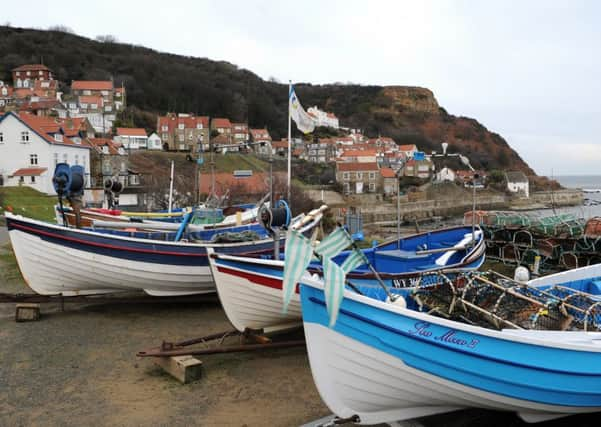East coast site dropped from marine protection plan


The Environment Department (Defra) has proposed 23 new marine conservation zones in the second stage of creating a network of protected areas around England - down from 37 candidate sites announced last year.
Among those put forward for consultation are Holderness Inshore (from Skipsea to Spurn Point) and Runswick Bay, both of which are important for various species including starfish and crabs.
Advertisement
Hide AdAdvertisement
Hide AdBut Compass Rose, 20 miles off the Yorkshire coast, which is important for plaice, herring, lemon sole and sand eels, is one of 14 sites which have been dropped - at least for the time being.
Conservationists warn the latest set of proposed conservation zones, which will now be subject to public consultation, are missing key sites and putting habitats and wildlife ranging from large seagrass meadows to the spiny seahorse at risk.
Wildlife experts say a “truly ecologically coherent network of sites” is needed to protect marine wildlife and restore the seas and fish stocks after decades of neglect and decline.
Defra said the 23 proposed sites would cover more than 10,000 square kilometres (3,800 square miles), protecting important seabed habitats and species, and it hoped to designate them within a year, with a third tranche to follow later.
Advertisement
Hide AdAdvertisement
Hide AdMarine Environment Minister George Eustice said: “We’re doing more than ever to protect our seas, preserving incredible underwater landscapes and helping our sea life flourish.
“We’ve already created 27 marine conservation zones and a quarter of English inshore waters are in protected areas.”
But he said: “It is important we secure the future of our coastal communities as part of our long-term economic plan. We want to support these communities while protecting our marine life.”
Sites proposed for designation in the second tranche of conservation zones include Allonby Bay on the Cumbrian Coast which has blue mussel beds and living reefs, and coast between Bideford and Foreland, home to pink sea fans and anemones.
Advertisement
Hide AdAdvertisement
Hide AdThe latest proposals also include Fulmar, 140 miles off the Northumberland coast, protecting sandy and muddy habitat in the North Sea which is inhabited by clams, cockles and the brittlestar.
The Marine Conservation Society said it would be looking into why Defra had dropped Compass Rose and whether it could still go forward to be considered in future.
A spokeswoman for the MCS said further research might be needed at Compass Rose before a decision was made to continue supporting it being granted conservation status.
Another option would be to put forward an alternative site off the Yorkshire coast.
WWF-UK’s head of marine policy Dr Lyndsey Dodds accused the Government of “dragging its feet” and risking long-term ecological and economic damage.